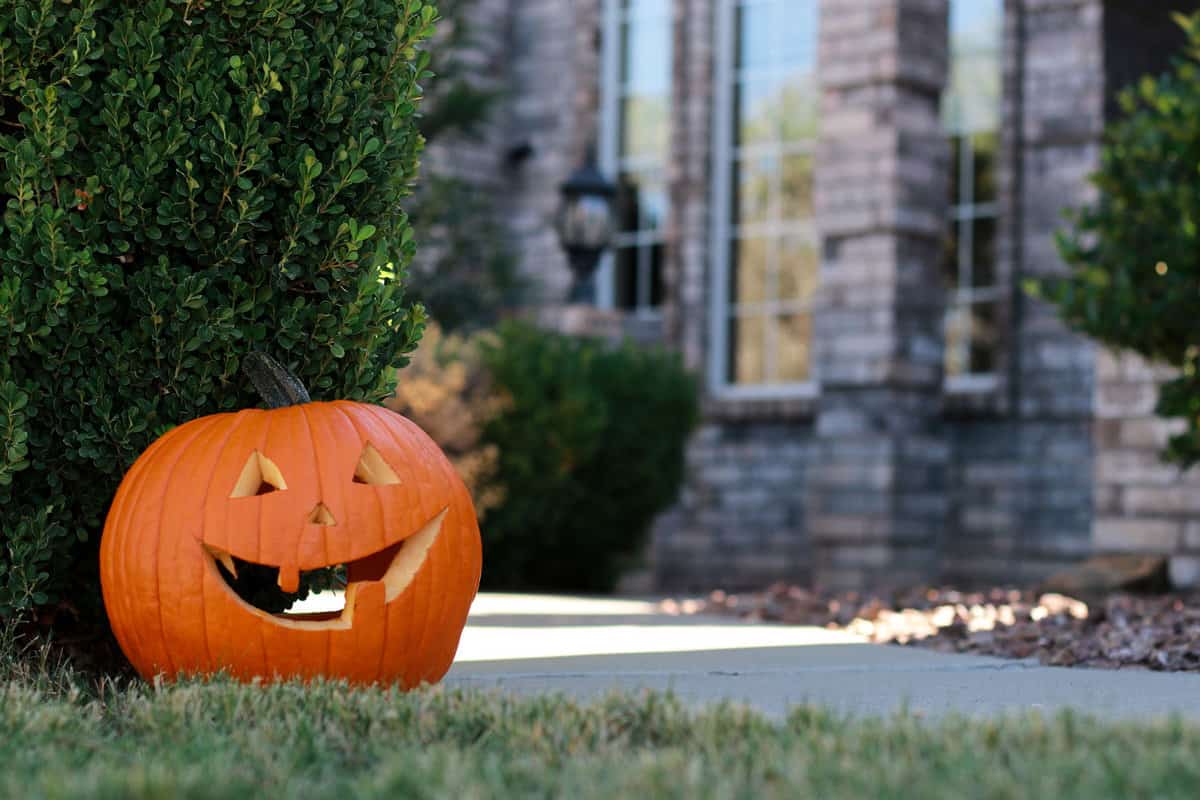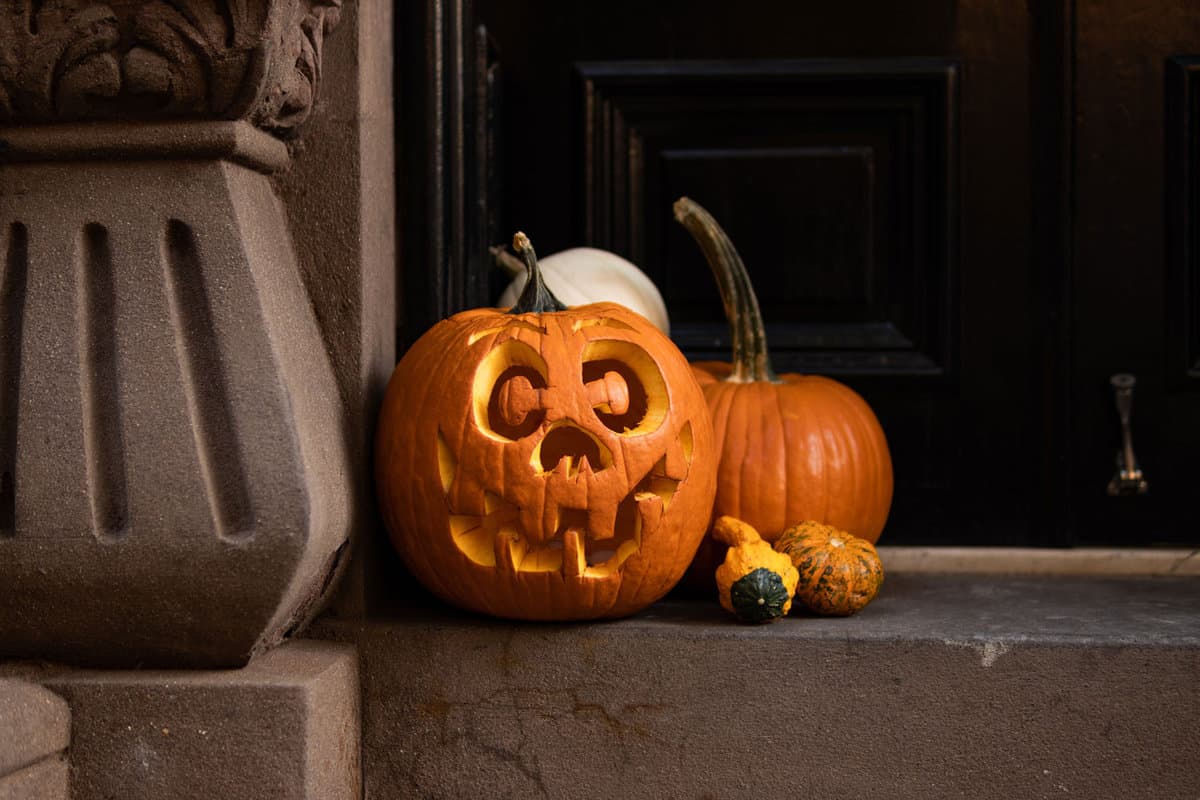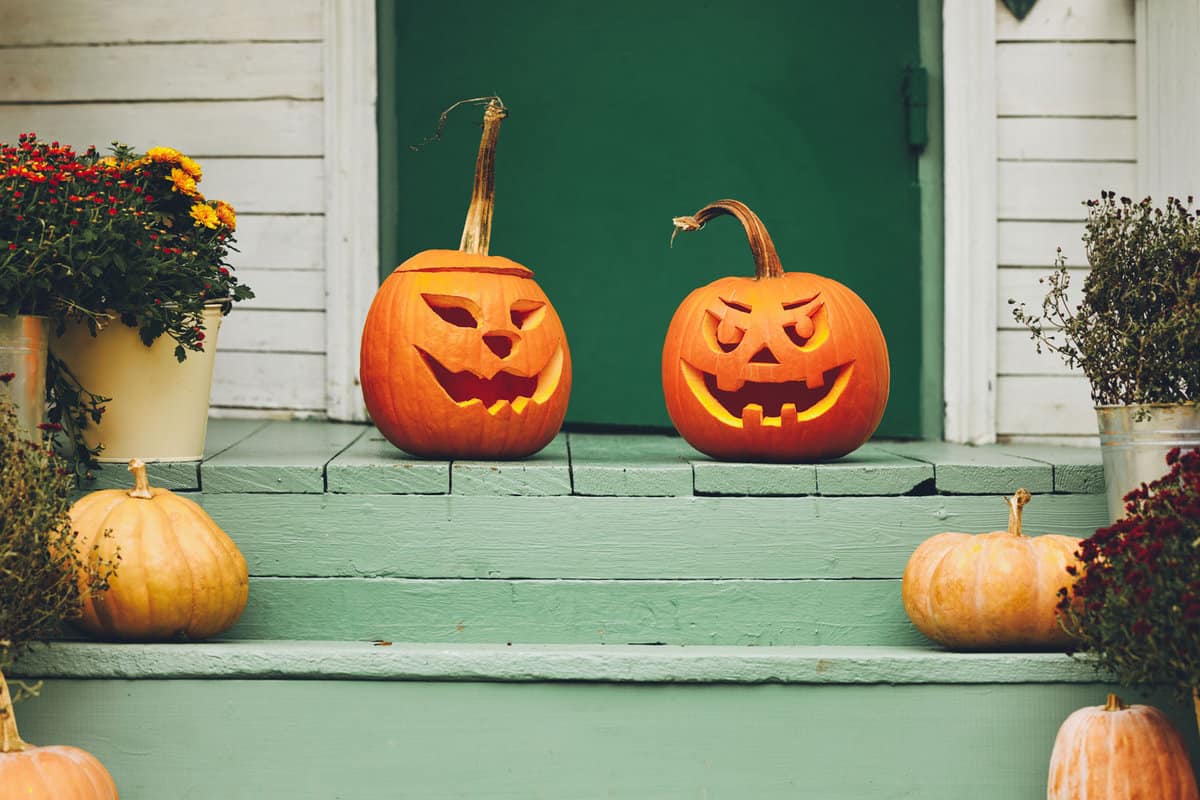Heading to a pumpkin patch is one of the quintessential fall activities, and there's nothing quite like the thrill of finding the perfect pumpkin!
But with so many different shapes, sizes, and colors, knowing which one to pick can be overwhelming. This article will provide tips for selecting the best pumpkins at the pumpkin patch.
When picking the perfect pumpkin, it's essential to remember its intended use.
If you're looking forward to carving a jack-o-lantern, prioritize pumpkins that boast a strong stem and a flat base, ensuring the stability and longevity of your creation.
However, if culinary adventures are on your agenda, varieties such as the Sugar Pie or Kabocha are tailored explicitly for cooking, yielding better flavor and texture.
Beyond purpose, the physical condition of the pumpkin matters immensely. It's crucial to sidestep those with soft spots or visible cuts, as these can be early indicators of decay.
Instead, go for pumpkins that feel firm and display a uniform color.
Understanding Pumpkins
When selecting the best pumpkins at the pumpkin patch, it's essential to understand the different types of pumpkins and their growth cycle.

This knowledge will help you choose the perfect pumpkin for your needs.
Types of Pumpkins
There are many different types of pumpkins, each with their unique characteristics. Some of the most popular styles include:
- Jack-o'-lantern pumpkins: These are the classic pumpkins used for carving. They have a round shape, smooth skin, and are usually orange.
- Sugar pumpkins: Also known as pie pumpkins, these are smaller than jack-o'-lantern pumpkins and have a sweeter flavor. They are great for making pumpkin pie and other baked goods.
- Knucklehead pumpkins: These have a unique, bumpy appearance that makes them perfect for fall decorations. They are also edible and have a sweet flavor.
Pumpkin Growth Cycle
Pumpkins go through a specific growth cycle, which can help you determine when they are ready to be picked.
Here are the different stages of a pumpkin's growth cycle:
Seed
The first stage of a pumpkin's life is the seed. Pumpkin seeds are typically planted in late spring or early summer.
Sprout
After the seed is planted, it will sprout and grow. This usually happens within a week or two of planting.
Vine
Once the sprout has grown a few inches, it will develop into a vine. The vine will continue to grow throughout the summer.
Flower
In late summer, the pumpkin vine will produce flowers. These flowers are necessary for pollination.
Fruit
After pollinating the flowers, the pumpkin will begin to grow. It will continue to grow throughout the fall until it reaches its full size.
Harvest
Once the pumpkin has reached its full size, it will be harvested. This usually happens in late September or early October.
When to Visit the Pumpkin Patch
If you're planning a trip to the pumpkin patch, you may wonder when to visit. Here are a few things to consider:
Season for Pumpkins
The pumpkin patch season typically runs from late September through October, with peak pumpkin picking time in mid-October.

However, it's important to note that weather and other factors can affect the pumpkin crop, so it's always a good idea to call ahead to ensure the patch is open and has a good selection of pumpkins.
If you're looking for a specific type of pumpkin, such as a white or a giant pumpkin, it's best to visit the patch earlier in the season, as these types tend to sell out quickly.
Time of Day
When it comes to the best time of day to visit the pumpkin patch, it depends on your preferences. If you want to avoid crowds, visiting during the week or early in the morning on weekends is best.
However, if you want to enjoy the whole pumpkin patch experience, visiting during the day when more activities and events are happening can be fun.
Many pumpkin patches offer hayrides, corn mazes, and other activities only available during certain hours.
The best time to visit the pumpkin patch is when it works best for you and your schedule. Check the patch's hours and availability beforehand to ensure you get the most out of your visit.
Choosing the Right Pumpkin
When visiting a pumpkin patch, choosing the perfect pumpkin can be a fun and exciting experience.
However, with so many pumpkins to choose from, it can be overwhelming to know where to start. Here are some tips to help you choose the right pumpkin for your needs.
Size and Shape
When it comes to selecting a pumpkin, size and shape matter. If you want to carve a pumpkin, choose one large and round.
However, choose a round miniature pumpkin with a smooth surface if you plan to use the pumpkin for cooking or baking.
Color and Texture
Pumpkins come in a variety of colors and textures. While orange is the most common color, pumpkins can also be found in green, yellow, and white shades.
When selecting a pumpkin, look for one with a consistent color and a smooth texture. Avoid pumpkins that have bruises, soft spots, or blemishes.
Stem and Base
The stem and base of a pumpkin can also provide clues about its quality. Look for a pumpkin with a sturdy branch that is firmly attached to the pumpkin.
A pumpkin with a weak or loose stem may be more prone to rotting. Additionally, check the base of the pumpkin to ensure that it is flat and stable.
A pumpkin with an uneven base may be more difficult to carve or display.
Inspecting the Pumpkin
When selecting the best pumpkins at the pumpkin patch, it's essential to scrutinize them. Here are a few things to look for:
Check for Blemishes
Inspect the pumpkin for any blemishes, bruises, or soft spots. These can indicate that the pumpkin is not fresh or may not last long.
Test the Weight
Pick up the pumpkin and test its weight. A good pumpkin should feel heavy for its size. It may be dry or not fully matured if it feels too light.
A heavy pumpkin is a sign that it's full of water and will last longer.
Examine the Bottom
Check the bottom of the pumpkin to ensure it's flat and not sunken.
A recessed bottom can indicate that the pumpkin is old or may have been damaged during transportation. A flat base ensures the pumpkin will sit nicely and not roll around.
Transporting Your Pumpkin
When you've found the perfect pumpkin, it's time to transport it home. Here are some tips to make sure your pumpkin arrives safely.
Carry with Care
First, make sure you carry your pumpkin with care. Pumpkins can be heavy, so use both hands to lift it.
Hold it close to your body and use your legs to lift, not your back. If carrying multiple pumpkins, balance the weight evenly between the two hands.
Secure in Vehicle
When it's time to load your pumpkin into your vehicle, make sure it's secure. Place it on a flat surface, like the floor or a seat, and make sure it won't roll around during the drive.
If you're putting it in the trunk, try to secure it with bungee cords or rope to prevent it from moving around.
If transporting multiple pumpkins, consider using a box or a bin to keep them together. This will make carrying and keeping them secure in the vehicle easier.
Remember, pumpkins are delicate and can easily get damaged during transport. Take your time and be careful when moving them around.
Storing Your Pumpkin
Once you have selected the perfect pumpkin at the patch, you'll want to ensure it stays fresh for as long as possible.

Proper storage is critical to preserving your pumpkin and keeping it looking its best.
Proper Storage Conditions
To store your pumpkin, you'll want to find a cool, dry, and dark spot with temperatures between 50° and 60° F and humidity between 50 and 60 percent.
In colder regions, a cool basement, unheated attic, or bedroom can be good storage options. An unheated barn, garden shed, or garage can work well in milder areas.
Before storing your pumpkin, wipe it down with a weak solution of bleach and water to kill any bacteria on the surface. Dry the pumpkin well before storing it.
It's essential to store your pumpkin in a single layer to prevent any damage to the skin.
If you need to stack pumpkins, place a layer of newspaper or cardboard between them to prevent any bruising.
Preserving Your Pumpkin
To help your pumpkin last even longer, you can try some of these preservation techniques:
- Apply petroleum jelly or vegetable oil to the cut edges of your pumpkin to prevent it from drying out.
- Spray your pumpkin with a mixture of water and bleach to kill any bacteria and prevent mold growth.
- If your pumpkin shrinks, soak it in cold water for a few hours to rehydrate it.
In Closing
Now that you know how to select the best pumpkins at the patch, you can confidently pick the perfect one for your needs. Remember to look for pumpkins free of blemishes and soft spots that feel heavy for their size.
Consider the different varieties available and choose one that suits your needs.
Sugar Pie, New England Cheddar, Long Island Cheese, Blue Doll, Porcelain Doll, Cinderella, Fairytale, Kabocha, Casper, and Cherokee Bush are great options.
Now, go out there and find the perfect pumpkin for you!
Want more insights on pumpkins? Dive deeper with our curated articles!
